This week, we’re covering the career of one of modern Japan’s spymasters: Akashi Motojiro, who attempted to build an intelligence network in Russia during the Russo-Japanese War. Why was he given this task? Did he succeed? And what lessons does his career offer in terms of the wider arc of modern Japanese history?
Sources
Inaba, Chiharu et al, “Rakka Ryusui: Colonel Akashi’s Report on His Secret Cooperation with the Russian Revolutionary Parties during the Russo-Japanese War.” Studia Historica 31, 1988.
Heywood, Anthony and Jonathan D. Smele. The Russian Revolution of 1905: Centenary Perspectives.
Kowner, Rotem. Historical Dictionary of the Russo-Japanese War.
Images
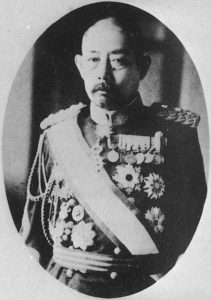

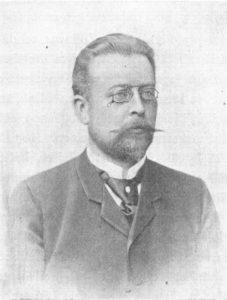
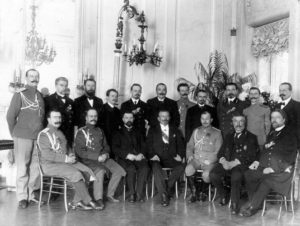
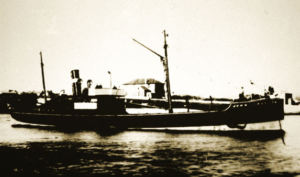
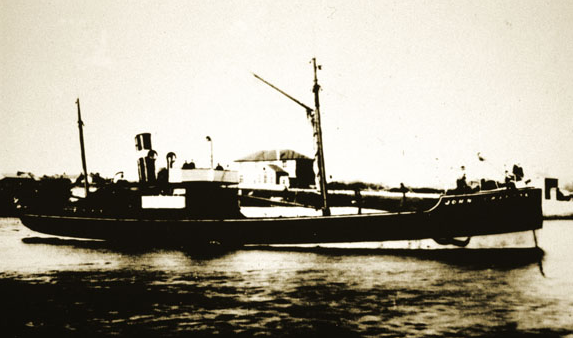
Excellent episode as always! Ideas for the future:
1. Japan’s top actor and actress of the last century, arguably, were Toshiro Mifune and Setsuko Hara. Both would have been 100 this year. Mifune’s centenary was in April; Hara’s will be June 17. It might be a good opportunity to profile them in one or separate podcasts.
2. You touched on former Tokyo governor Shintaro Ishihara in at least one economics episode; it could be interesting to profile him and his superstar brother Yujiro (“Japan’s Elvis”) in an episode discussing the integral part they played in the “Sun Tribe” phenomenon.
3. The 50th anniversary of Yukio Mishima’s infamous seppaku is this coming November 25.
4. Tsūsai Sugawara was a fascinating (some would say shady) renaissance man and “fixer” who led a public crusade to eradicate Japan’s “three evils” of prostitution, venereal disease, and drug addiction. He also made cameos in several later Ozu films and amassed an important art collection that is still curated by the foundation he established in 1954.
I second Toshiro Mifune.